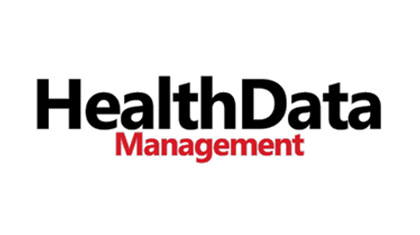Millions of patients are accessing their medical records online via secure electronic patient portals. They are also increasingly uploading data directly into their records, and many clinicians now offer patients ready and ongoing access to the notes that document encounters. In response, patients report improved understanding of their care, better recall, enhanced adherence to care plans, and an increased sense of control over their health.
Annals of Internal Medicine
Health Data Management: Online Initiative Engages Patients by Sharing Physician Notes
More than 5 million patients nationwide now have electronic access to their clinicians’ visit notes through an effort that allows them to read these medical notes online after an appointment. The use of technology to better engage patients in their own care is at the heart of OpenNotes, according to John Mafi, M.D., an internal…
Open Notes: Doctors and Patients Signing On
Few patients read their doctors’ notes, despite having the legal right to do so. As information technology makes medical records more accessible and society calls for greater transparency, patients’ interest in reading their doctors’ notes may increase. Inviting patients to review these notes could improve understanding of their health, foster productive communication, stimulate shared decision making, and ultimately lead to better outcomes. Yet, easy access to doctors’ notes could have negative consequences, such as confusing or worrying patients and complicating rather than improving patient–doctor communication. To gain evidence about the feasibility, benefits, and harms of providing patients ready access to electronic doctors’ notes, a team of physicians and nurses have embarked on a demonstration and evaluation of a project called OpenNotes. The authors describe the intervention and share what they learned from conversations with doctors and patients during the planning stages. The team anticipates that “open notes” will spread and suggests that over time, if drafted collaboratively and signed by both doctors and patients, they might evolve to become contracts for care.




